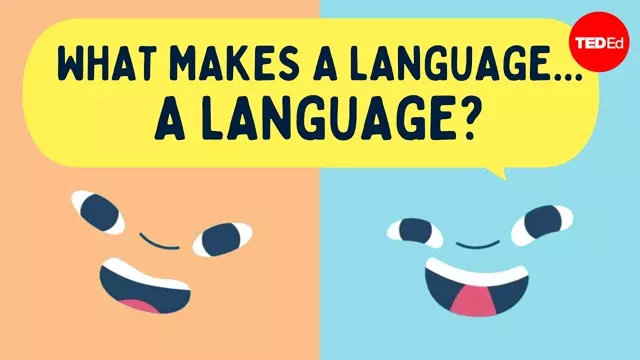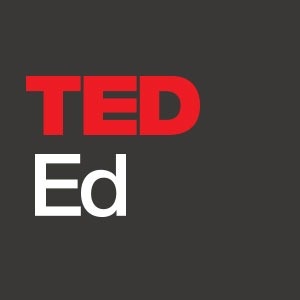2021-09-09
[public] 679K views, 26.2K likes, dislikes audio only
Dig into the distinction between a language and a dialect, and uncover the history of standardized languages.
--
Outside of China, Mandarin and Cantonese are often referred to as Chinese dialects, despite being even more dissimilar than Spanish and Italian. On the other hand, speakers of Danish, Norwegian, and Swedish, which are three distinct languages, can usually communicate with each other in their native tongues. So, when is speech considered a dialect versus a language? Martin Hilpert investigates.
Lesson by Martin Hilpert, directed by Luísa M H Copetti, Hype CG.
Support Our Non-Profit Mission
----------------------------------------------
Support us on Patreon: http://bit.ly/TEDEdPatreon
Check out our merch: http://bit.ly/TEDEDShop
----------------------------------------------
Connect With Us
----------------------------------------------
Sign up for our newsletter: http://bit.ly/TEDEdNewsletter
Follow us on Facebook: http://bit.ly/TEDEdFacebook
Find us on Twitter: http://bit.ly/TEDEdTwitter
Peep us on Instagram: http://bit.ly/TEDEdInstagram
----------------------------------------------
Keep Learning
----------------------------------------------
View full lesson: https://ed.ted.com/lessons/what-makes-a-language-a-language-martin-hilpert
Dig deeper with additional resources: https://ed.ted.com/lessons/what-makes-a-language-a-language-martin-hilpert#digdeeper
Animator's website: https://www.luisacopetti.com and https://www.hype.cg
----------------------------------------------
Thank you so much to our patrons for your support! Without you this video would not be possible! Denise A Pitts, Doug Henry, Keven Webb, Mihai Sandu, Deepak Iyer, Javid Gozalov, Kyanta Yap, Rebecca Reineke, William Biersdorf, Patricia Alves Panagides, Valeria Sloan Vasquez, Yvette Mocete, Cyrus Garay, Samuel Barbas, Brighteagle, LadyGeek, Curtis Light, Dianne Palomar, Marin Kovachev, Fahad Nasser Chowdhury, Penelope Misquitta, Hans Peng, Gaurav Mathur, Erik Biemans, Tony, Michelle, Katie and Josh Pedretti, Sunny Patel, Hoai Nam Tran, Stina Boberg, Kack-Kyun Kim, Michael Braun-Boghos, zjweele13, Jurjen Geleijn, Anna-Pitschna Kunz, Edla Paniguel, Elena Crescia, Thomas Mungavan, Jaron Blackburn, Venkat Venkatakrishnan, ReuniteKorea, Aaron Henson, Rohan Gupta, Begum Tutuncu, Mikhail Shkirev, Brian Richards, Cindy O., Jørgen Østerpart, Tyron Jung, Carolyn Corwin, Carsten Tobehn and Katie Dean.
/youtube/video/iWDKsHm6gTA
/youtube/video/lz0lQ58QMzQ
/youtube/video/_Z_FOtfKyfo?t=54.139999
/youtube/video/_Z_FOtfKyfo?t=129.42
/youtube/video/_Z_FOtfKyfo?t=284.06
/youtube/video/lz0lQ58QMzQ
/youtube/video/iWDKsHm6gTA
/youtube/channel/UCsooa4yRKGN_zEE8iknghZA

